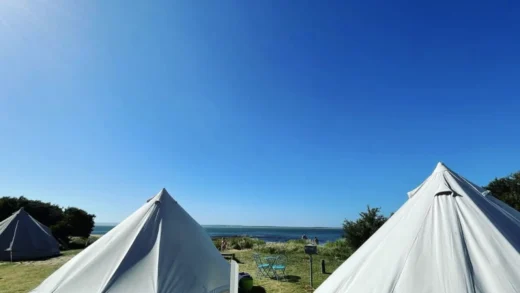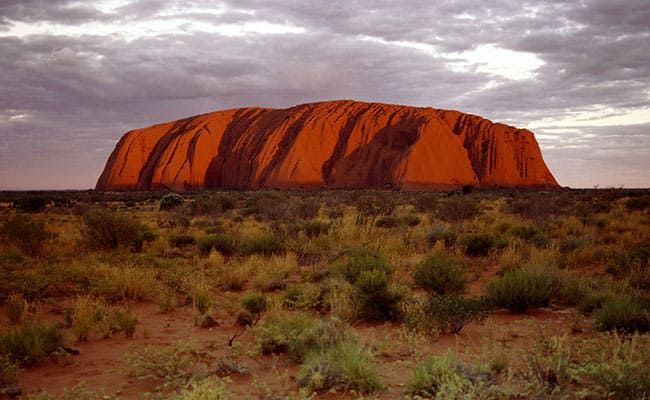
Australia is renowned for its breathtaking natural landmarks that showcase the country’s unique beauty and biodiversity. From the stunning beaches that caress its coastlines to the ancient rock formations steeped in Indigenous culture, these landmark sites draw visitors from across the globe. In this article, we will explore some of Australia’s most iconic natural landmarks, highlighting their significance and allure. Each site offers a glimpse into the diverse ecosystem and rich heritage that define the land down under. Whether you’re an avid adventurer or a casual tourist, these natural marvels are sure to leave you spellbound.
Uluru-Kata Tjuta National Park
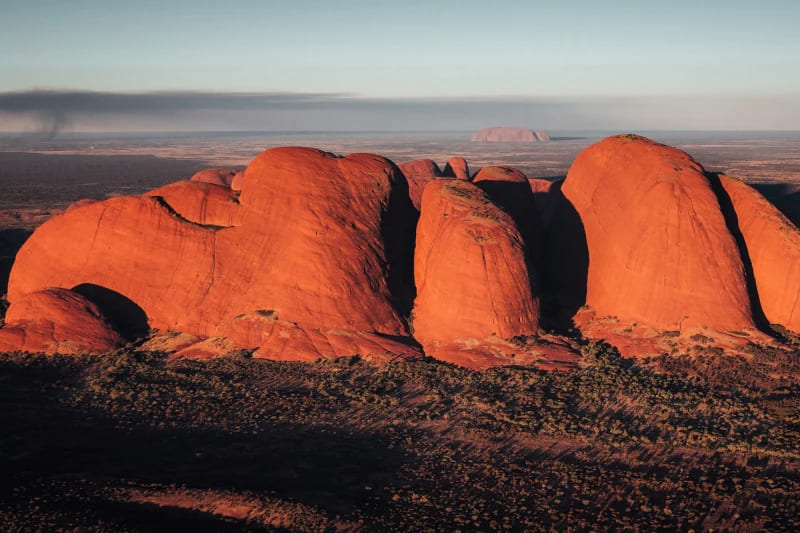
Uluru, also known as Ayers Rock, is perhaps Australia’s most iconic natural landmark. Rising 348 meters above the surrounding plain, this sandstone monolith is not only a stunning sight but also holds immense spiritual significance for the Anangu, the Indigenous people of the area. The deep ochre colors of Uluru change dramatically with the time of day, making it a photographer’s paradise and a must-see at sunrise or sunset. Nearby, the Olgas, or Kata Tjuta, are a group of large, domed rock formations that offer breathtaking views and scenic walks, such as the Valley of the Winds walk. Both Uluru and Kata Tjuta are elements of a living cultural landscape, providing insights into the art, customs, and dreamtime stories of the Anangu. Visiting Uluru is not just a visual experience; it’s an opportunity to engage with Indigenous culture and respect the land’s sacredness.
The Great Barrier Reef
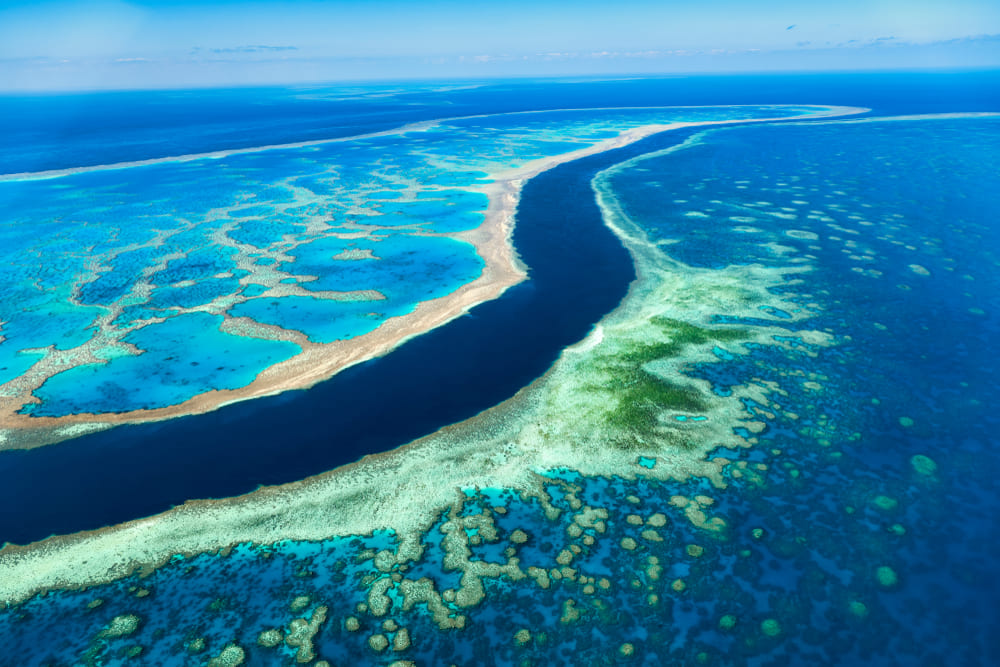
The Great Barrier Reef is not just a natural landmark; it’s one of the most significant coral reef systems in the world. Stretching over 2,300 kilometers along the coast of Queensland, this UNESCO World Heritage site comprises more than 2,900 individual reefs and 900 islands. The biodiversity of marine life here is staggering, featuring thousands of species, including vibrant corals, fish, sea turtles, and even whales. Snorkeling and diving in the reef’s crystal-clear waters offer unforgettable experiences, allowing visitors to witness this underwater paradise firsthand. Furthermore, environmental concerns regarding the reef’s health have underscored its importance, prompting a broader conversation about conservation effort. For anyone interested in marine life and ecosystems, there are few places in the world as captivating as the Great Barrier Reef.
The Twelve Apostles
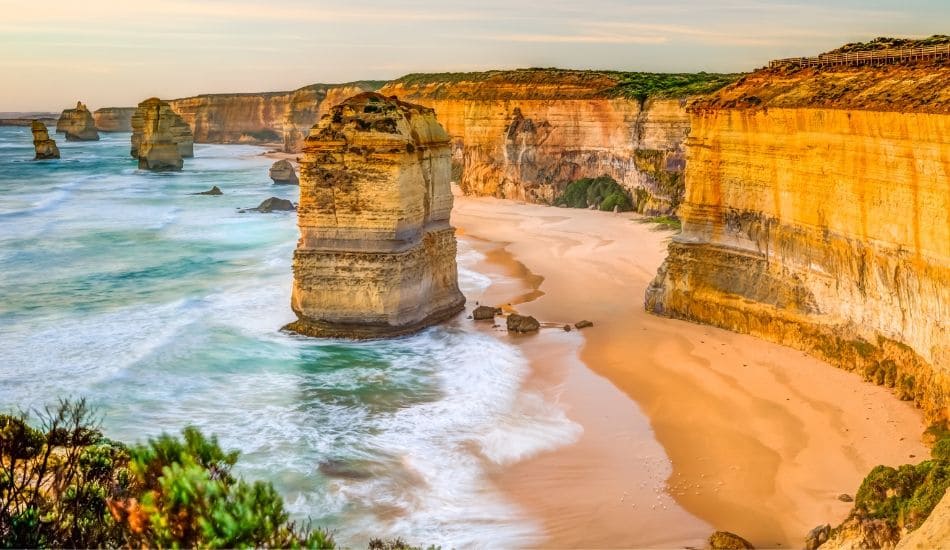
Located along the scenic Great Ocean Road in Victoria, the Twelve Apostles are a series of limestone stacks that rise majestically from the Southern Ocean. Formed by the relentless erosion of the coastal cliffs, these natural structures create a dramatic coastal landscape that is both staggering and picturesque. The best way to appreciate the Twelve Apostles is from the viewing platforms established along the coastline, where travelers can bask in the breathtaking views. The area also offers opportunities for more immersive experiences, such as helicopter tours, where you can see the Apostles from above. Nearby, the unique geography and flora of the Port Campbell National Park make it an ideal destination for hiking and other outdoor activities. Witnessing the stunning sunrise or sunset at the Twelve Apostles is a moment etched in time for many visitors.
The Daintree Rainforest
The Daintree Rainforest is one of the oldest rainforests in the world, believed to be over 135 million years old. Nestled in Queensland, it is a stunning display of biodiversity, home to unique plant and animal species. Walking through the Daintree is like stepping back in time, with towering trees, ancient ferns, and a cacophony of wildlife sounds enveloping visitors. Guided tours of the rainforest provide opportunities to learn about its ecological importance and the Indigenous knowledge relating to its preservation. Additionally, the Daintree River offers thrilling experiences such as crocodile spotting and river cruises, enhancing the adventure. The combination of lush greenery, river systems, and diverse ecosystems makes the Daintree Rainforest a vital natural landmark that exemplifies Australia’s ecological richness.
King’s Canyon
King’s Canyon, found within Watarrka National Park in the Northern Territory, is characterized by its dramatic cliffs and lush vegetation. Hiking the Rim Walk provides breathtaking views of the canyon’s sheer walls and the labyrinth of formations below. This walk also leads you past the Garden of Eden, a permanent waterhole that sustains diverse flora and fauna in the arid desert landscape. As you trek through the canyon, the cultural depth of the area is ever-present, with Indigenous stories and rock art engraved in the surroundings. Whether you’re exploring the canyon floor or the rim, the stunning vistas and raw beauty will leave a lasting impression. King’s Canyon is not just a natural wonder; it’s a testament to the enduring power of nature and the importance of protecting these sacred sites.
Conclusion
Australia’s iconic natural landmarks offer a rich tapestry of experiences that highlight the country’s diverse landscapes, cultural heritage, and ecological significance. From the spiritual essence of Uluru to the vibrant underwater world of the Great Barrier Reef, these sites not only attract millions of tourists but also serve as vital reminders of the importance of conservation. Whether you seek adventure in the great outdoors or wish to connect with Indigenous culture, Australia’s natural landmarks embody the beauty and essence of the land. Visiting these awe-inspiring locations provides a deeper understanding of Australia’s environmental treasures and fosters a greater appreciation for its natural heritage.
FAQs
The best time to visit Uluru is during the cooler months from April to October when temperatures are more comfortable for outdoor activities and the iconic views are clearer.
2. Can you snorkel at the Great Barrier Reef?
Yes, snorkeling is a popular activity at the Great Barrier Reef, with many tour operators offering trips to various reef locations suitable for both beginners and experienced snorkelers.
3. How long does it take to hike the Rim Walk at King’s Canyon?
The Rim Walk at King’s Canyon typically takes around 3 to 4 hours to complete, depending on your pace and how often you stop to take photographs and enjoy the views.
4. Is the Daintree Rainforest safe for visitors?
Yes, the Daintree Rainforest is generally safe for visitors, especially when exploring established walking trails and joining guided tours that provide safety information.
5. What is the significance of the Twelve Apostles?
The Twelve Apostles are a significant natural landmark because of their geological formations resulting from erosion, showcasing the power of nature and creating one of Australia’s most photographed coastal landscapes.


